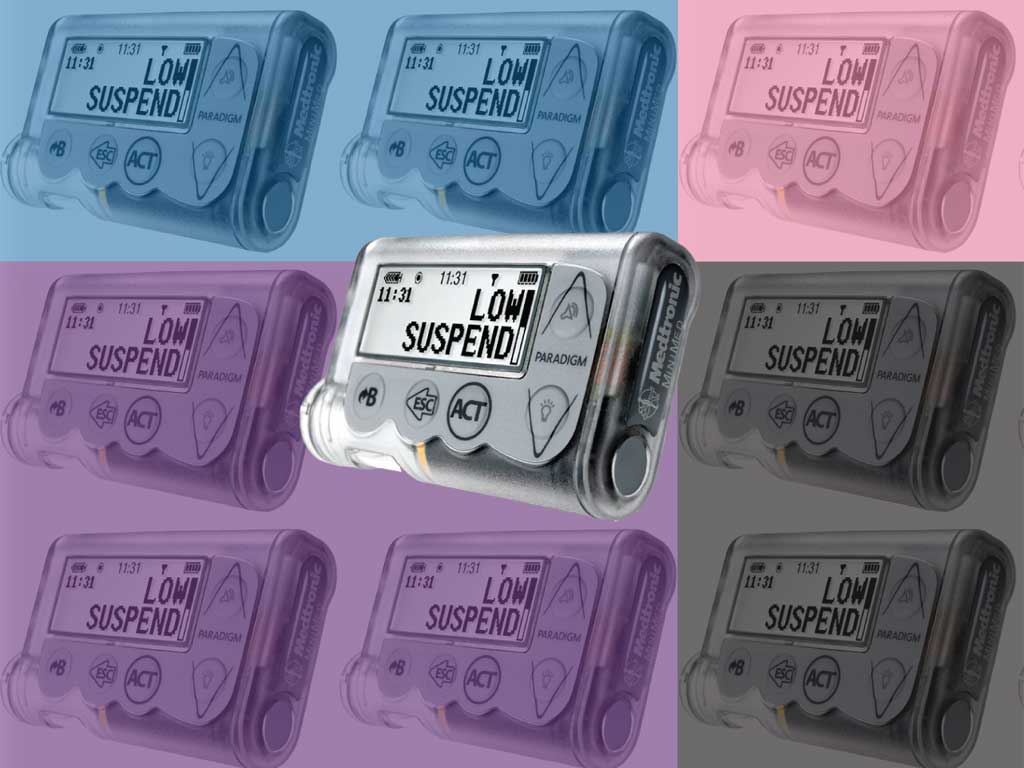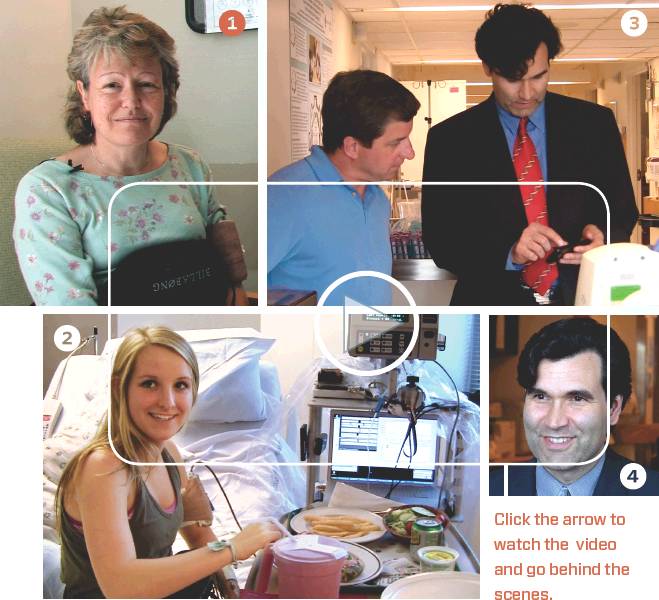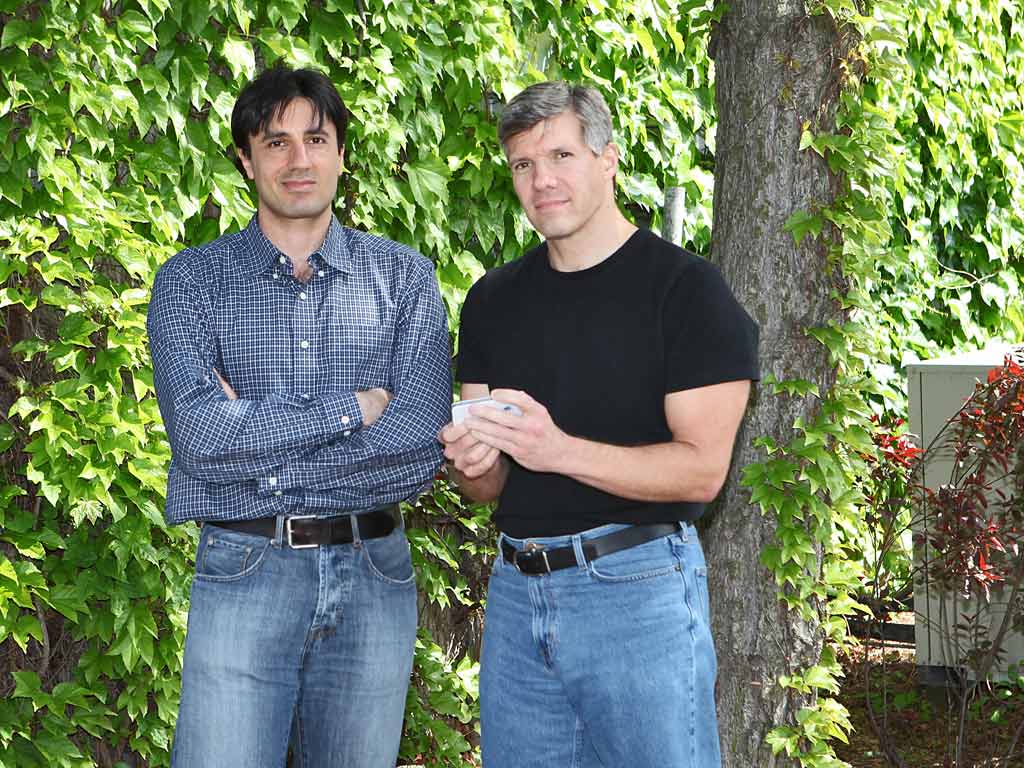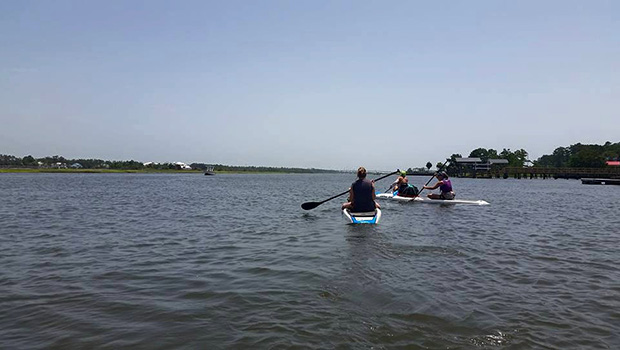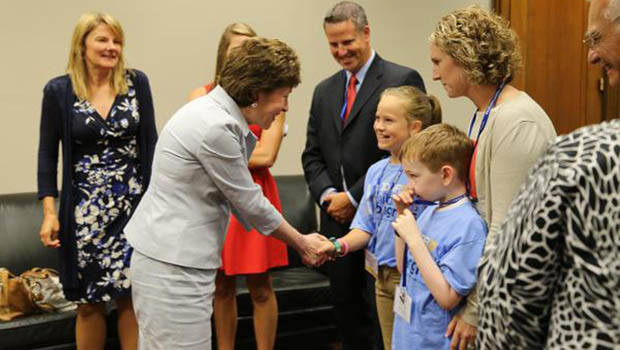Spreading Bets In the AP Sweepstakes: An Interview With JDRF’s Dr. Aaron Kowalski
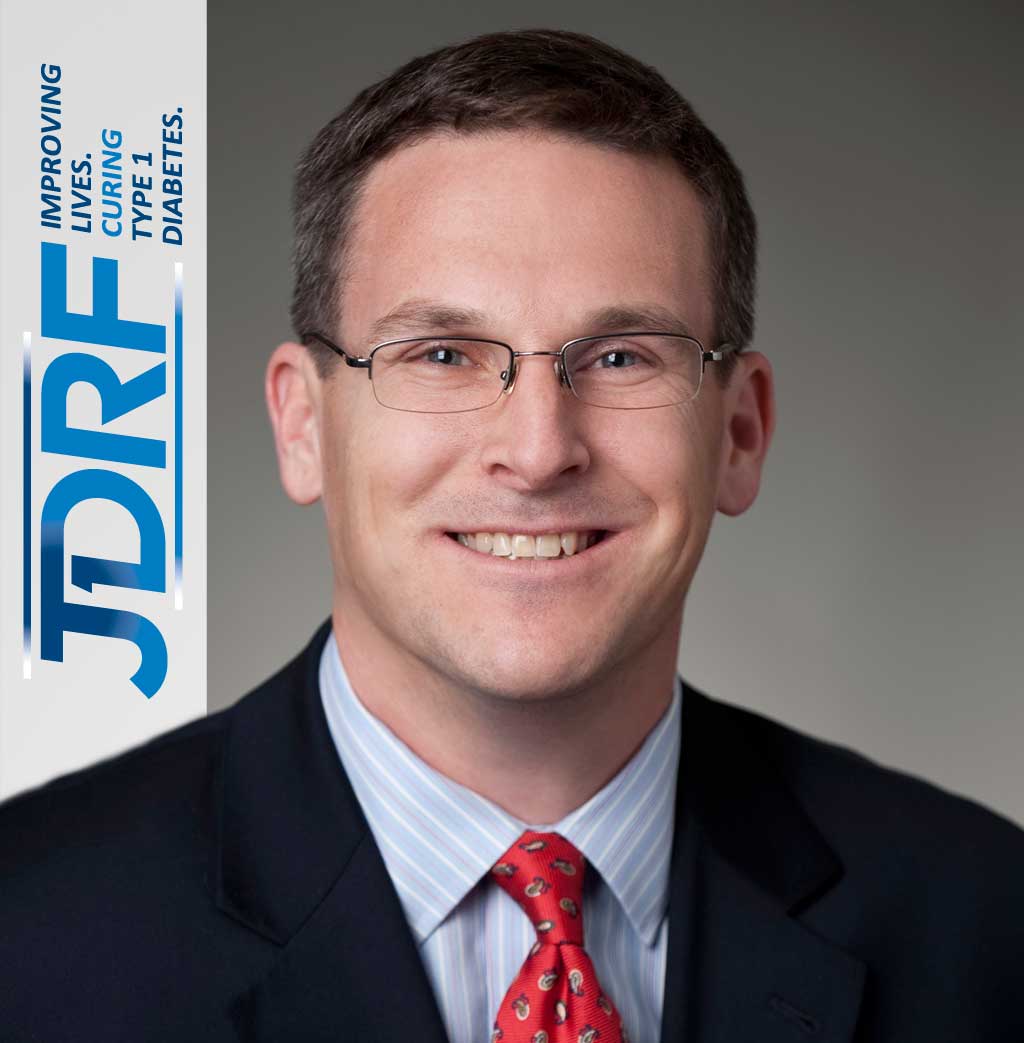
Dr. Aaron Kowalski, Vice President of Treatment Therapies at JDRF, is one of the principal overseers of the organization’s fundeV research supporting the development of an artificial pancreas and other efforts to improve the lives of people who live with Type 1 diabetes. Diagnosed with Type 1 diabetes himself at age 13, in 1984, he shared both a bedroom and diabetes with his younger brother Stephen, who was diagnosed at age three. He has published numerous articles, and co-authored the landmark New England Journal of Medicine article that demonstrated the effectiveness of continuous glucose monitors in treating Type 1 diabetes. Kowalski earned his Ph.D. in molecular genetics from Rutgers University. He joined JDRF in 2004.
IN: You’ve written about growing up with your brother’s diabetes before you were diagnosed yourself. How did that affect you and your enthusiasm for the artificial pancreas?
AK: An artificial pancreas means so much more to me than just a professional accomplishment. My brother suffers from hypoglycemic unawareness, and for many years, I was the “hypo alarm” in our house. The sight of a hypoglycemic seizure and someone you love being taken away in an ambulance, incapacitated by low blood sugar, never leaves you. In 2004, when I first joined JDRF, I was working with a group at the National Institute of Health (NIH) called DirectNet (an acronym for Diabetes Research in Children Network), and the Abbott Navigator CGM was one of the technologies being discussed at the first meeting I attended. I came back to JDRF and I was pretty excited about this glucose monitor.
Our role at JDRF, I think, is to try to help things move along faster so that people with diabetes have better tools sooner.
IN: What kind of response did you get from your colleagues?
AK: At the time, JDRF was not funding research in this area. But, about the same time, one of our board members was pushing the organization on this front, saying, “I understand there are big companies working here, but it sure seems like JDRF can help speed up the process, and while we’re trying to get to a cure, we need to keep people healthy.” So the organization spent a good nine or 10 months trying to really understand why artificial pancreas research wasn’t happening faster.
IN: What did you learn?
AK: We learned that the research that was going on was scattered all over the place. We decided, first, that we needed to focus on CGMs. It was clear that to get to an artificial pancreas, you need an accurate CGM device. Most of the big companies were not driving super hard on CGMs. It was unclear what the regulatory pathway was, and whether doctors would even prescribe a CGM. Medtronic was doing most of the work, and that was great, but it was only one company, and usually you need competition to make things move faster. There were regulatory hurdles, there were business obstacles, and we realized that there probably was a role for JDRF to play here.
One of the things that you’ll see in a lot of research is there is not a clear line to “Where’s the product?” . . . You need to translate the discoveries from the lab into companies, and companies need to go through a regulatory process before a product can be commercialized.
The second track we decided to support was to help spur the development of a commercially available artificial pancreas. So, we launched the Artificial Pancreas Project (APP) in 2005. Most of the work at the time had been done on animals. We were trying to take what was mostly a theoretical field and make it real. We said that we were going to fund more research in this area and try to do it in a more coordinated way. We put out what we call a “request for applications” and funded the development of new control algorithms, different approaches, and clinical testing to see just how these would work in real people.
IN: Some have questioned the practice of a not-for-profit like JDRF supporting artificial pancreas research done by large, profitable companies like Johnson & Johnson (Animas) and Medtronic. What’s your response?
AK: You know, we get that question from many people. When we partner with companies, we recoup that money for anything we fund that leads to a product that’s profitable. We’re not giving away money; we’re providing it within the constraints of a contract that aims to get things on the radar and make them into a higher priority for a company. Big companies can be risk averse and big companies have budgets that are spread across lots of different operating divisions and groups. If you looked at the funding to this area, the bottom line was, it wasn’t moving as fast as we want, as people with diabetes. Our role at JDRF, I think, is to try to help things move along faster so that people with diabetes have better tools sooner.
IN: How do you assess progress on both the CGM and artificial pancreas fronts today?
AK: I think in 2005 we thought it would be a little easier than it’s been, but the short version is that CGMs have come a long way. We published a trial back in 2008 showing that they do in fact help people do better with diabetes, which seems obvious, but payers wanted that evidence and doctors like it too. We saw then they had to get smaller and easier to use and more accurate. I think the companies have really focused on those areas, and CGM devices are much better now. On the artificial pancreas side, we’ve come light years. We support 14 different sites now, around the world, doing artificial pancreas work. We’ve had a lot of heavy lifting to do with the FDA, and we’re on the cusp of some really very important trials over the next 12 to 18 months. People will be wearing artificial pancreas systems out in the real world. JDRF’s goal ultimately is to get these into the hands of patients as quickly as possible.
IN: Having a clear path to something a patient can use is important to you, isn’t it?
AK: Absolutely. One of the things that you’ll see in a lot of research is there is not a clear line to “Where’s the product?” I think JDRF has matured a lot on this front. Maybe there was a belief, in the past, that we would snap our fingers, there would be a discovery in the lab, and then there would be a cure. It turns out that it’s actually much more complicated than that. You need to translate the discoveries from the lab into companies, and companies need to go through a regulatory process before a product can be commercialized.
As good as our research is, it’s not going to be any good for people with diabetes unless we can commercialize the potential.
IN: Speaking of products, you recently announced a grant to Tandem Diabetes to support their work on a bi-hormonal pump. Can you comment on that?
AK: We went out and said we were funding dual-chamber pumps and that we had to make sure it had a pathway to the market. Most of the pump companies were not interested because there is no market right now for pumps that deliver more than one hormone. But Tandem started with a technology that was amenable to dual-hormone delivery. This was a perfect opportunity to address one of the barriers to dual-hormone therapy. Very, very few people are willing to wear two pumps. But, here is a pump that’s built on a platform that allows for two reservoirs that will make the pump barely bigger, if at all, than it is now. That’s a huge benefit. As good as our research is, it’s not going to be any good for people with diabetes unless we can commercialize the potential. That’s the genesis of the Tandem partnership.
IN: For the bi-hormonal pump to have a market, doesn’t there need to be an FDA-approved liquid glucagon for pumps?
AK: Correct. That’s something that’s a big priority of ours. We sent out a request for proposals (RFP) last year, and have proposals in from a number of companies. There are three or four projects that are either going to launch any day now or that we’ll announce within the next few months. Generally, we’re supporting small biotech companies who have been working on emergency kits for glucagon, but have the chemical capability to make a liquid form of it. These companies think there is a market for a better diabetes emergency kit. That’s where their business plans lie. We’re piggybacking on their capabilities to get the work done we need for a good source of liquid glucagon.
IN: Another key issue in the development of an effective artificial pancreas is more rapid insulin absorption. How is JDRF involved with that area?
AK: If you look at closed loop right now, it is the number one issue. There is a delay of 60 to 90 minutes for fast-onset insulin to deal with glucose presence, depending on the conditions and the person. We’ve funded a few projects here. The simplest one is a company from Israel called Insuline that makes an infusion set that warms up the injection site and speeds up insulin delivery. The studies we’re funding are happening at Yale and it significantly speeds up insulin action. So that’s been published. It’s real, It works! Is it beta cell like? No. Is it faster than today’s insulins? Absolutely.
Editor’s Note: Insuline’™s InstaPatch product, for pump users, is currently awaiting FDA approval to be prescribed in the US. Insulin Nation will publish an article about the company and its products shortly.
Thanks for reading this Insulin Nation article. Want more Type 1 news? Subscribe here.
Have Type 2 diabetes or know someone who does? Try Type 2 Nation, our sister publication.

